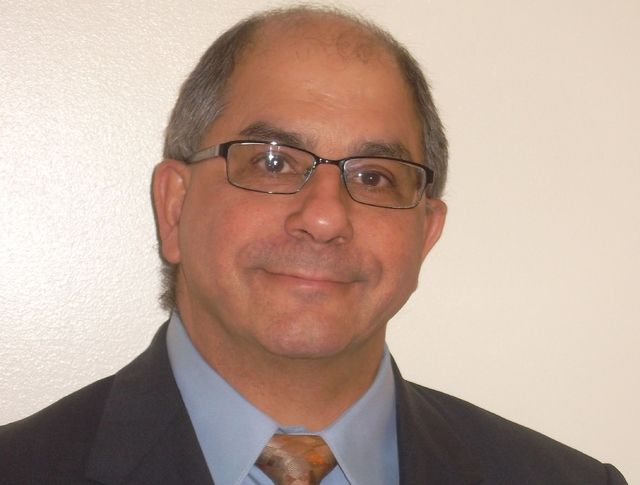Click here to subscribe today or Login.
High schools that are symbolic of community pride and wrapped in the misty golden memories of youth do not go down without a fight.
So it is with beloved Meyers High School. The terra cotta and metal reinforcements of the Wilkes-Barre Area School District building are extensively damaged. Repairs would require replacing all of the school’s aging windows. And any renovations would mean bringing Meyers up to costly modern code standards. The anticipated bill of $85 million would not be eligible for state reimbursement, according to the district, and the price does not include any educational improvements.
As a result, the school board recently made the difficult public policy decision to close Meyers and Coughlin High School in order to build a new, consolidated high school. Meyers’ supporters packed the school board meeting to oppose the plan, crooning the school’s alma mater and lamenting the loss of community spirit that the building embodies.
Although it is understandable to wax nostalgic about high school, it is unwise to allow nostalgia to impede our children’s progress. The proposed new school consolidation project represents a singular opportunity to design a modern building that will reflect the community’s educational desires, address the needs of current and future learning environments, and provide critical opportunities for a student population that ranked in the bottom of the state on recent standardized test scores.
The first step is to pull the community together around an attainable common vision and a once-in-a-lifetime decision about the district’s direction. What is Wilkes-Barre Area’s educational mission for its students? How can that educational mission be forwarded through contemporary design and 21st-century technology in a new high school?
One proven method to marry community vision with practical design is a “charrette” – an intensive planning session that brings together parents, teachers, administrators and other stakeholders with the building design team through the use of an independent facilitator. For example, the Academy of the Palm Beaches in Florida used the process to conduct preliminary fact-finding, a town meeting visioning session, small-group brainstorming and public review of the results to develop a clear vision for their school and the steps needed to get there.
While the main objective of the process is to ensure that educational and performance goals align with school design, it also gives vested individuals and groups – including those who oppose the idea – a clear voice in the process. This makes it more likely that the community will feel ownership and work for the project’s success.
The use of an independent facilitator is also important. The facilitator can keep the process on track from a neutral perspective without concerns that it will be hijacked by any individual agenda. Ideally, the facilitator has an understanding of current national trends in school building design, particularly if the local team is not steeped in that knowledge.
Trends to consider include urban schools that draw from the resources of their downtown location by providing professional internships, job shadowing and access to college courses. One innovative school in Los Angeles used a public-private partnership to incorporate a wellness center and community garden that is used by both students and the public at large.
Those concepts can easily be translated here. For instance, it is not a stretch to imagine developing programs and shared spaces with King’s College, Wilkes University or Luzerne County Community College on Public Square, which are all within walking distance of the new school’s proposed site.
Other trends to consider include small learning communities that focus on teamwork and specific areas of study that transcend grade levels, distance learning that takes into account the move toward tablets and other mobile devices, and flexible learning environments that encourage collaboration.
While it is true that buildings do not teach, buildings can facilitate learning. It is critical that this once-in-a-lifetime opportunity be used to expand the educational resources available to students for their future and that of the community at large. Our children deserve nothing less.





